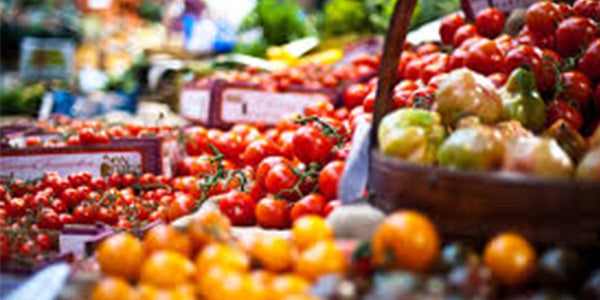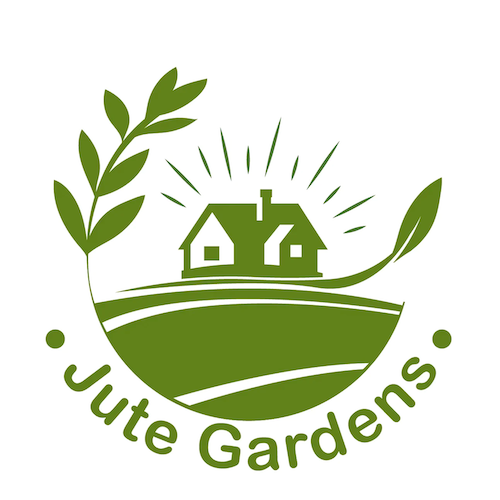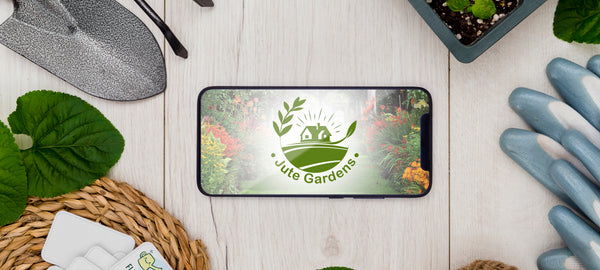
Beat Rising Food Prices: Growing Your Own Food
As grocery prices rise, more people than ever are seeking alternative means of keeping food on the kitchen table. Families struggle to account for inflated costs, many times choosing between food and gas for their cars. In this article, we will show you how to beat rising food prices by growing your own food.
Getting To The Root Cause
Food inflation is causing unprecedented price increases, the likes of which many have not seen in their lifetimes. Inflation measured by the consumer price index (CPI) is defined as the change in the prices of a basket of goods and services that are typically purchased by specific groups of households.
According to Statistics Canada, since late 2021, price increases for food sold in stores, measured on a year-over-year basis, have outpaced headline consumer inflation. Prices have been growing faster than 10% in August, September, and October 2022. But why is inflation having such a massive impact on food price increases?
The high food prices we see in the grocery aisles are a representation of a dozen factors that all align to cause the increases we see almost daily. To start, the pandemic affected workers' and farmers' ability to perform their jobs, whether due to sickness or lockdowns.
Food Supply Chain
Eventually, as the effects of the pandemic began to dissipate, an unforeseen complication to the lockdowns began a trickle effect we still feel today. The Great Resignation resulted in over 47 million Americans voluntarily quitting their jobs, leaving a massive hole in the workplace.

Without an adequate supply of workers, food processing plants were unable to meet demand, resulting in backlogs. Additionally, transit became more difficult without workers to transport food. This lead to empty shelves due to food supply chain disruptions. And as energy prices began rising, the cost of farming did too.
The equipment farmers use to grow and harvest the grain and produce we eat requires large amounts of fuel to operate. When farmers can no longer afford to run their equipment every day, their output decreases. Shortages in crops like grain affect the meat industry. Those crops serve as feed for livestock, resulting in mass forced livestock elimination. All of these factors drive consumer prices up and lead to food inflation or increased food prices.

Uncertainty is growing over the state of the economy. Gas prices are soaring and the employment rate is still around 4% less than pre-pandemic levels. People are taking matters into their own hands. They are growing their own food supply to offset rising food prices at grocery stores.
Common Food Growing Myths
There are many myths people believe about growing food at home that prevents them from experiencing the joy and freedom it provides. Here we'll discuss a few of the most common myths. We'll show you how to beat rising food prices by growing your own food.
Myth #1 - I need lots of lands to grow food
When people picture gardening or growing their own food at home, they often believe they need ample land. Gardening requires minimal space and can be done inside the home if an outdoor room is not available.
There are many planter options available to fit any area, including hanging and raised for the ultimate convenience. You can even find hanging indoor planters like this one that allows you to grow your favorite vegetables with only minimal wall space.

Myth #2 - Growing fruits and vegetables is hard
If you've ever been told you have a "black thumb," you may believe growing your own food is too hard. Even those who lack experience can grow delicious vegetables at home; it just takes some planning and know-how to ensure success.
You want to be sure to grow the right plants during the correct season and in the right region. For example, if you try to grow cherries in Florida during the summer, you will feel like a failure since the climate is unsustainable for them. However, okra and peppers thrive under hot, humid conditions and present a higher chance of success! With a little preparation and research, you can have the green thumb you've always dreamed of having!
Myth #3 - Growing food at home is expensive
For some reason, over the years, the rumor that growing food at home was expensive gained traction. Nothing could be farther from the truth! Not only is growing your own food less expensive, but it's also incredibly rewarding!

Let's break down the cost and see your potential savings. Seed packets cost an average of $2 and include enough seeds for multiple seasons. A bag of soil is around $14 and should cover multiple planters. Speaking of which, depending on the type of planter you choose, it can cost from $5 to $100+. Optional expenses like fertilizer and accessories are not included. The total cost to grow enough produce to supplement for the entire season is between $21 and $200, depending on the planters and the number of seeds you choose. Now compare that to the food prices of just one grocery trip, and you can see the massive savings!
What You Need To Grow Your Own Food At Home
Now that you see how easy and cost-effective growing your own food at home can be, you may wonder how you can get started down this exciting path. Getting started with your at-home garden is easy, and it's completely ok to start small until you get the hang of it!
Materials
To begin, you'll want to focus on choosing the best materials to ensure the health of the plants and, in turn, you! Using environmentally friendly planters that are biodegradable and compostable is ideal, allowing you to thoughtfully care for the earth as you save money.
Choosing What To Grow
Before you get started, you want to decide what plants you want to grow. This step is essential because it tells you the planter size you'll need to accommodate them.
For smaller spaces, consider starting with vegetables like lettuce, tomatoes, or various herbs. If you have room for deeper planters, potatoes, blackberries, raspberries, and onions are excellent choices.
Growing Vertically
For those with vertical wall space, vine vegetables like zucchini and cucumber make beautiful additions to your garden. A simple online search will show you which fruits and vegetables grow best for your region and season, giving you the best chance for success.
Depending on the amount of space you have, there are a few excellent options like these grow pots which work perfectly on balconies or porches, or these vertical hanging planters, which are ideal for indoor planting. If you're still apprehensive about planting, a microgreen kit you can place on your windowsill is an easy and delicious way to get a feel for the process.

Choosing Your Soil
Once you've chosen your planters, it's time to select your soil. You want to choose the most natural option available, depending on your budget. Although cheaper soils can work, they lack the added nutrients of higher-quality options and may not provide your plants with the vitamins and minerals they need to thrive.
You can also add fertilizer to fill in this nutrient gap, as it supplies them with nitrogen that will help your plants thrive. If you're placing your planters indoors, be sure they receive adequate sunlight, depending on their individual needs. The seed packet should tell you how much sunlight your plants require, but you can also do a quick online search if you're unsure.
With food prices rising at grocery stores, you may feel like you can't afford to provide your family with the healthy, nutrient-dense fruits and vegetables they need, but that's not true. You can grow your own delicious fruits and vegetables at home, all year round.
Jute Gardens is your go-to store for all your environmentally friendly gardening needs. Beginning your gardening journey is an exciting and fulfilling experience that provides you not only with delicious and healthy food but a sense of unmatched accomplishment.
So, as inflation wreaks havoc on the economy, protect yourself and your family by growing your own garden. Thanks to Jute Gardens, healthy (and tasty) living has never been easier!

